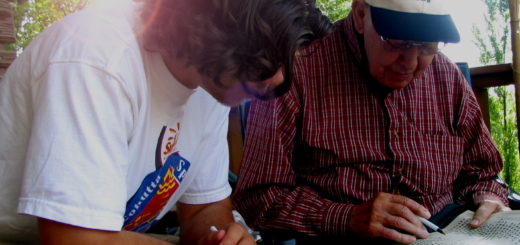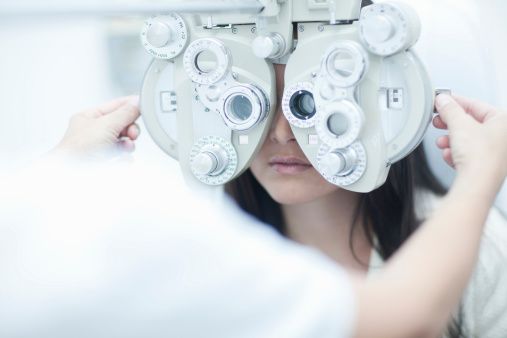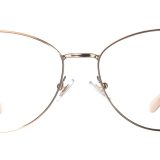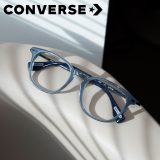The Difference Between Nearsighted and Farsighted
I don’t think I’m the only person who can’t seem to keep the difference between nearsightedness and farsightedness straight. I always forget whether the terms “near” and “far” refer to what you can see well or what you have trouble seeing. So, I asked my optometrist for the answers and here’s what he explained!
Question: What’s the difference between a person who’s nearsighted and one who’s farsighted?
Answer: A nearsighted person can see things well that are, like the word implies, near. Likewise a farsighted person has an easier time naturally seeing things that are in his or her distance vision versus things that are close (like a book or newspaper).
The nearsighted person has a refractive error known as myopia. Myopia can be easily treated with contact lenses or glasses or even surgery in some cases. The most common reason a person is near sighted has to do with the size of their eye. In many cases the eye is slightly longer and the distance light travels through the eye to create an image on the brain has to travel a little further making distance vision appear fuzzier.
Someone who has hyperopia is commonly referred to as farsighted, although someone with extreme hyperopia probably can’t see well near or far. In hyperopia, the eye is a little smaller than average and the light traveling through your retina to create an image for your brain again lands in the wrong spot. As opposed to myopia where the light lands in front of the retina, in hyperopia, the light lands behind the retina.
There is one other type of refractive error that optometrists frequently treat either separately or in addition to the errors above. That is called astigmatism. In astigmatism, the cornea is shaped in such a way where it is more curved on one side than it is on the other (the optimal cornea shape being perfectly round.) A cornea without astigmatism is shaped a lot like a contact lens. A cornea with astigmatism is slightly more cone-shaped.
All three of these refractive errors will be discovered and detected during a routine eye examination. In some cases, you may not know that you suffer from one of these conditions until you get your eyes examined. But, if you have to hold a book close to your face in order to read it, or if you are having trouble reading road signs far away while driving or seeing details of objects far away, these could be indicators that you may have a refractive error that should be diagnosed soon!
Visit your closest America’s Best optometrist by clicking here and use our effortlessly easy scheduling system to make your appointment today!










